Nancy Ronquillo
Active and Dynamic Beam Tracking UnderStochastic Mobility
Jun 21, 2021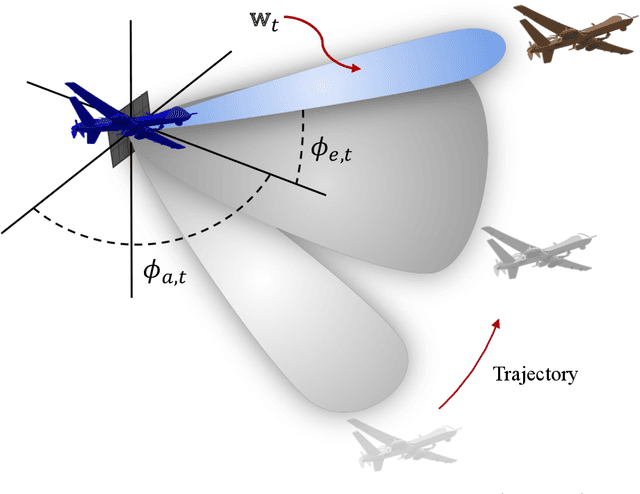
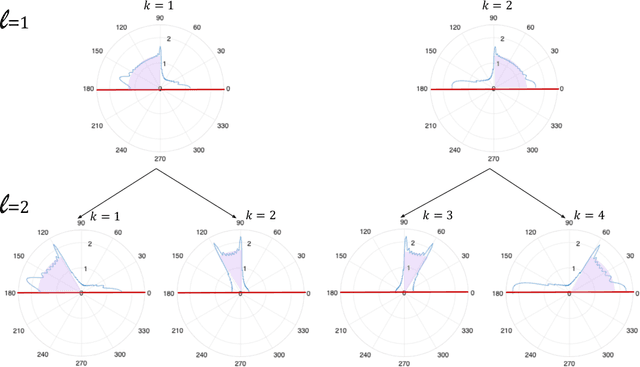
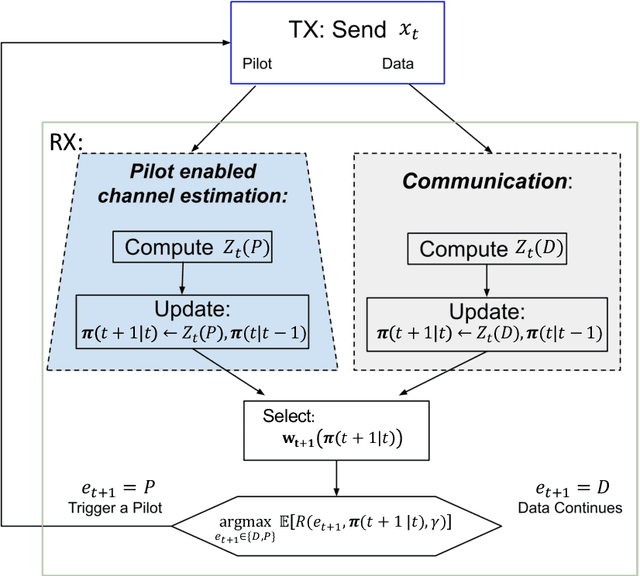
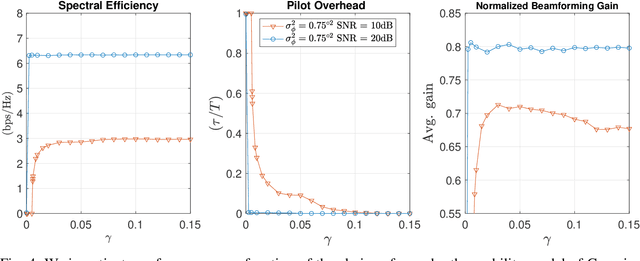
Abstract:We consider the problem of active and sequential beam tracking at mmWave frequencies and above. We focus on the dynamic scenario of a UAV to UAV communications where we formulate the problem to be equivalent to tracking an optimal beamforming vector along the line-of-sight path. In this setting, the resulting beam ideally points in the direction of the angle of arrival with sufficiently high resolution. Existing solutions account for predictable movements or small random movements using filtering strategies or by accounting for predictable mobility but must resort to re-estimation protocols when tracking fails due to unpredictable movements. We propose an algorithm for active learning of the AoA through evolving a Bayesian posterior probability belief which is utilized for a sequential selection of beamforming vectors. We propose an adaptive pilot allocation strategy based on a trade-off of mutual information versus spectral efficiency. Numerically, we analyze the performance of our proposed algorithm and demonstrate significant improvements over existing strategies.
Active Learning and CSI acquisition for mmWave Initial Alignment
Dec 19, 2018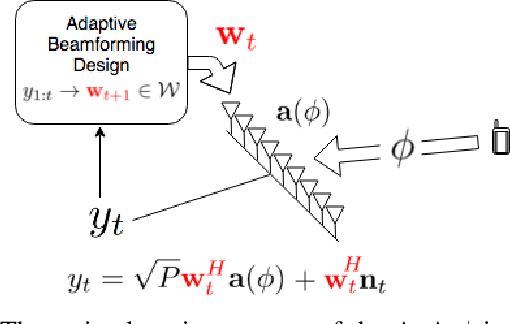
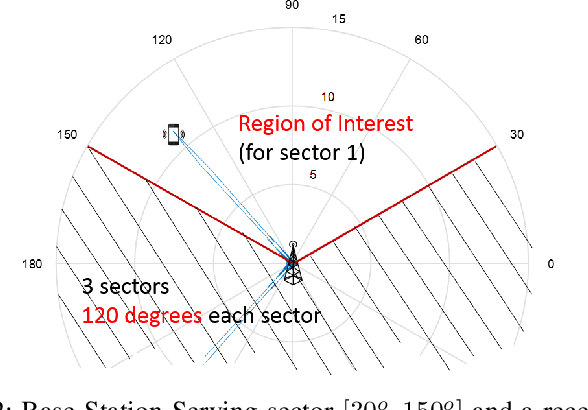
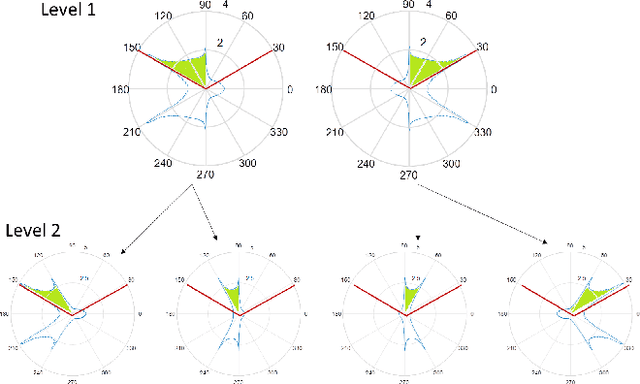
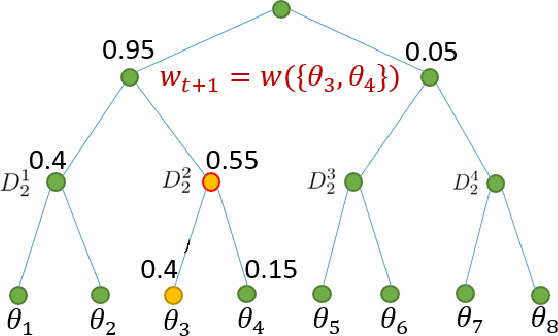
Abstract:Millimeter wave (mmWave) communication with large antenna arrays is a promising technique to enable extremely high data rates due to large available bandwidth. Given the knowledge of an optimal directional beamforming vector, large antenna arrays have been shown to overcome both the severe signal attenuation in mmWave. However, fundamental limits and achievable learning of an optimal beamforming vector remain. This paper considers the problem of adaptive and sequential optimization of the beamforming vectors during the initial access phase of communication. With a single-path channel model, the problem is reduced to actively learning the Angle-of-Arrival (AoA) of the signal sent from the user to the Base Station (BS). Drawing on the recent results in the design of a hierarchical beamforming codebook [1], sequential measurement dependent noisy search [2], and active learning from an imperfect labeler [3], an adaptive and sequential alignment algorithm is proposed. For any given resolution and error probability of the estimated AoA, an upper bound on the expected search time of the proposed algorithm is derived via the Extrinsic Jensen Shannon Divergence. The upper bound demonstrates that the search time of the proposed algorithm asymptotically matches the performance of the noiseless bisection search up to a constant factor characterizing the AoA acquisition rate. Furthermore, the acquired AoA error probability decays exponentially fast with the search time with an exponent that is a decreasing function of the acquisition rate.Numerically, the proposed algorithm is compared with prior work where a significant improvement of the system communication rate is observed. Most notably, in the relevant regime of low (- 10dB to 5dB) raw SNR, this establishes the first practically viable solution for initial access and, hence, the first demonstration of stand-alone mmWave communication.
 Add to Chrome
Add to Chrome Add to Firefox
Add to Firefox Add to Edge
Add to Edge